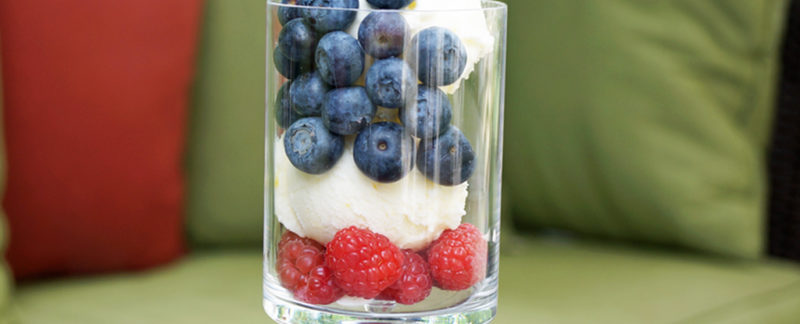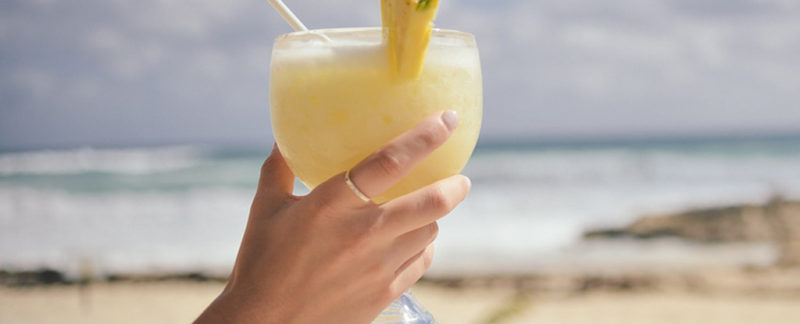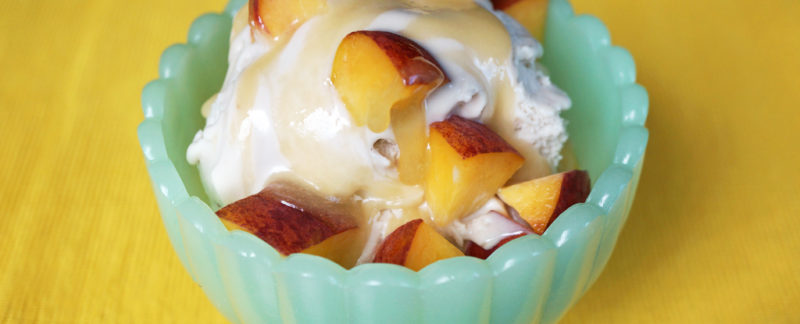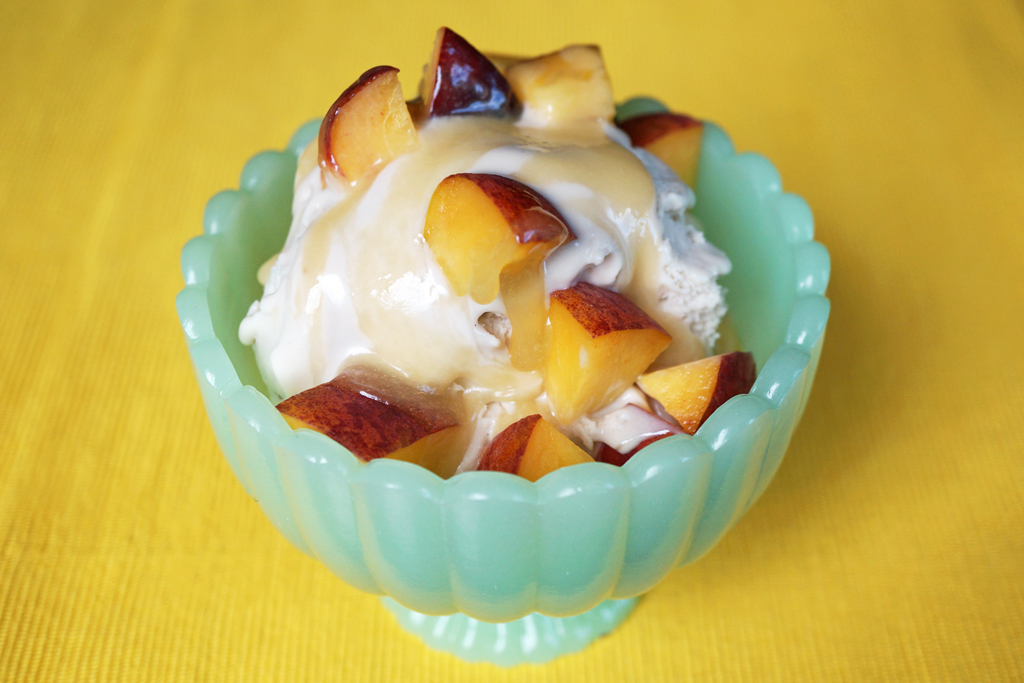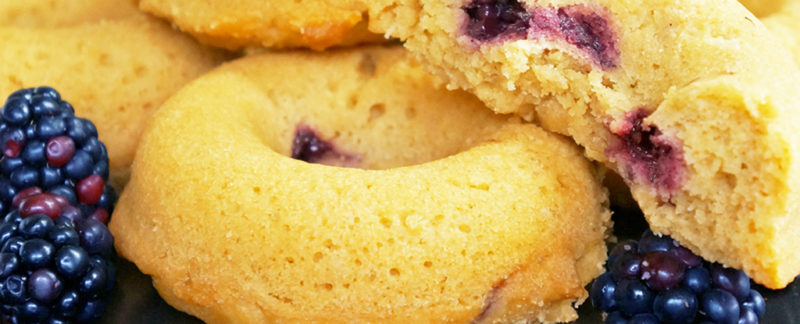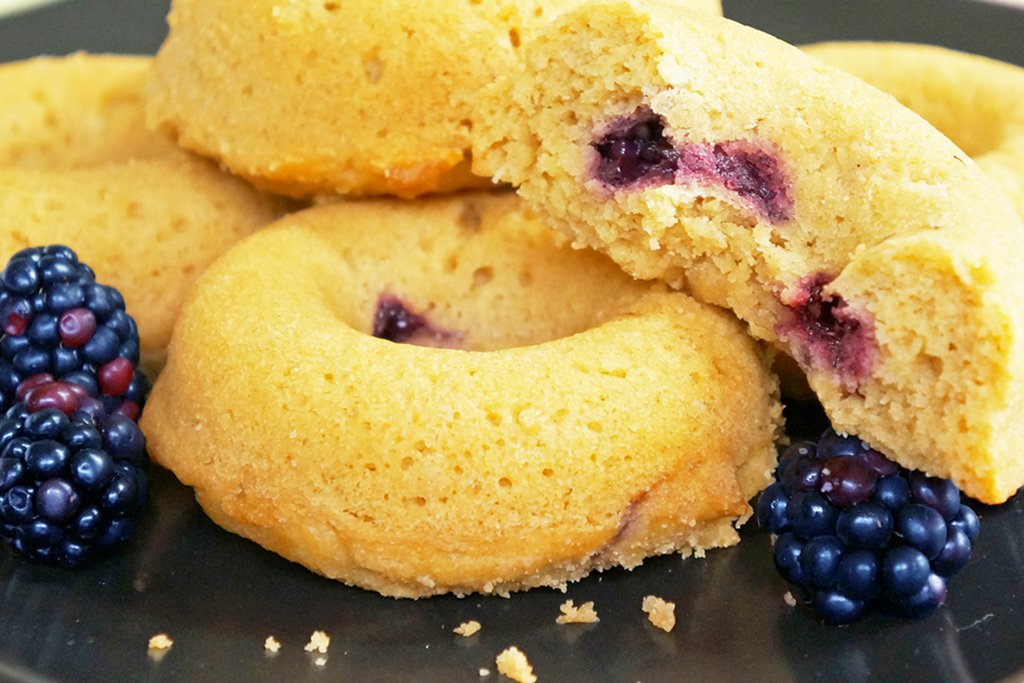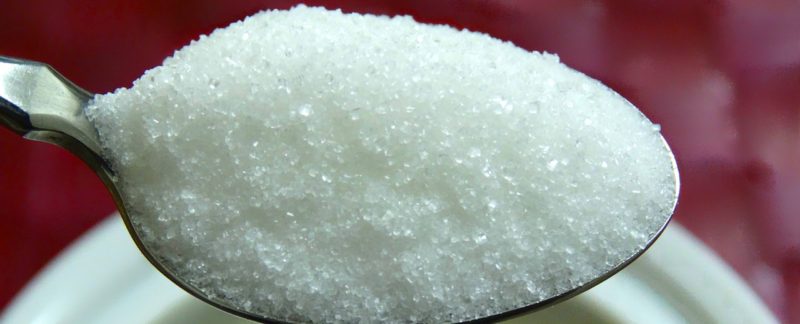- Serves: ½ cup
- Serving size: 1
- Calories: 277
- Fat: 23.6g
- Carbohydrates: 17.5g
- Fiber: 12g
- Protein: 4.3g
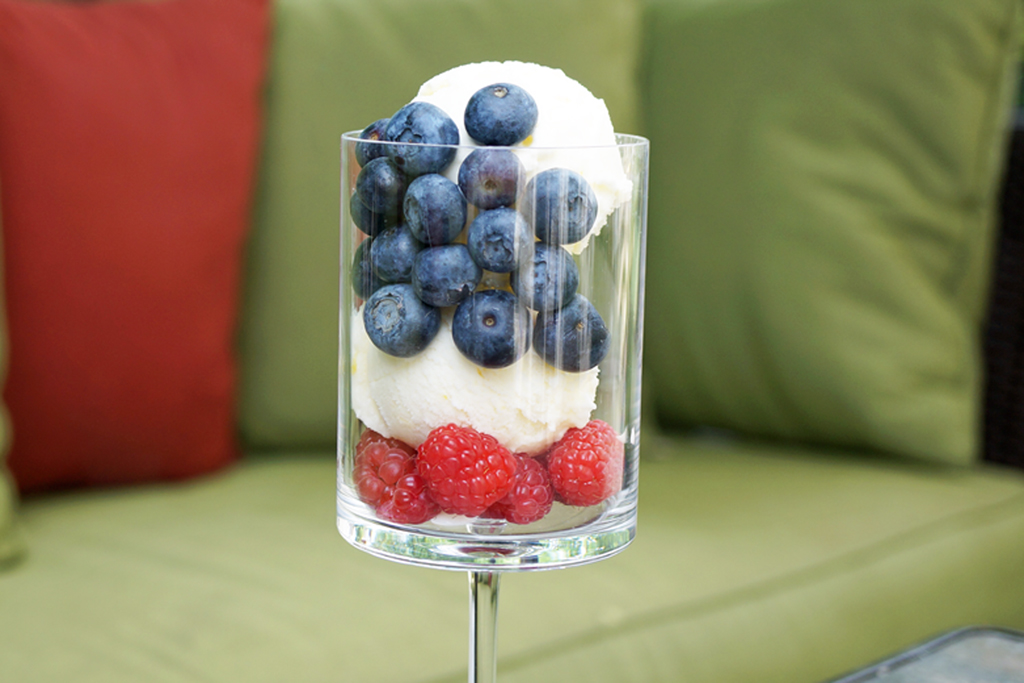
- 1 cup buttermilk, room temperature
- 1 tbsp gelatin (unflavored)
- ½ cup xylitol
- 2 pinches stevia (or to taste)
- 1 tsp lemon zest
- ¼ tsp salt
- 2 cups cream, cold
- 1 cup milk kefir, cold (unflavored and homemade preferred)
- ¼ cup lemon juice
- 1 tsp vanilla (optional)
- ¼ cup raspberries (optional)
- ¼ cup blueberries (optional)
- Sprinkle the gelatin onto ½ cup of the buttermilk in a small bowl. Set aside and allow to hydrate.
- In a small saucepan heat ½ cup of the buttermilk with the xylitol, stevia, lemon zest, and salt over medium-high heat. Continue to heat until all the sweetener has dissolved. Add the hydrated gelatin and continue to heat for until it has dissolved completely. Remove from the heat and allow to cool for 15 minutes.
- To the cooled buttermilk mixture add the remaining cold cream, kefir, lemon juice and vanilla. Pour the mixture into a plastic container, cover with a lid and put it in the refrigerator for at least 4 hours or overnight.
- Place the mixture in an ice cream maker and follow manufacturer directions. Once the ice cream is done serve immediately or pack into a freezer-safe container and place in freezer. The ice cream will keep in the freezer for up to one month. Place frozen ice cream in the refrigerator for 20-30 minutes before serving and use an ice cream scoop that has been dipped in hot water to serve more easily. Makes about 1 quart; 1 serving = ½ cup. Shown served with blueberries and raspberries.
SugarOH: 12g

